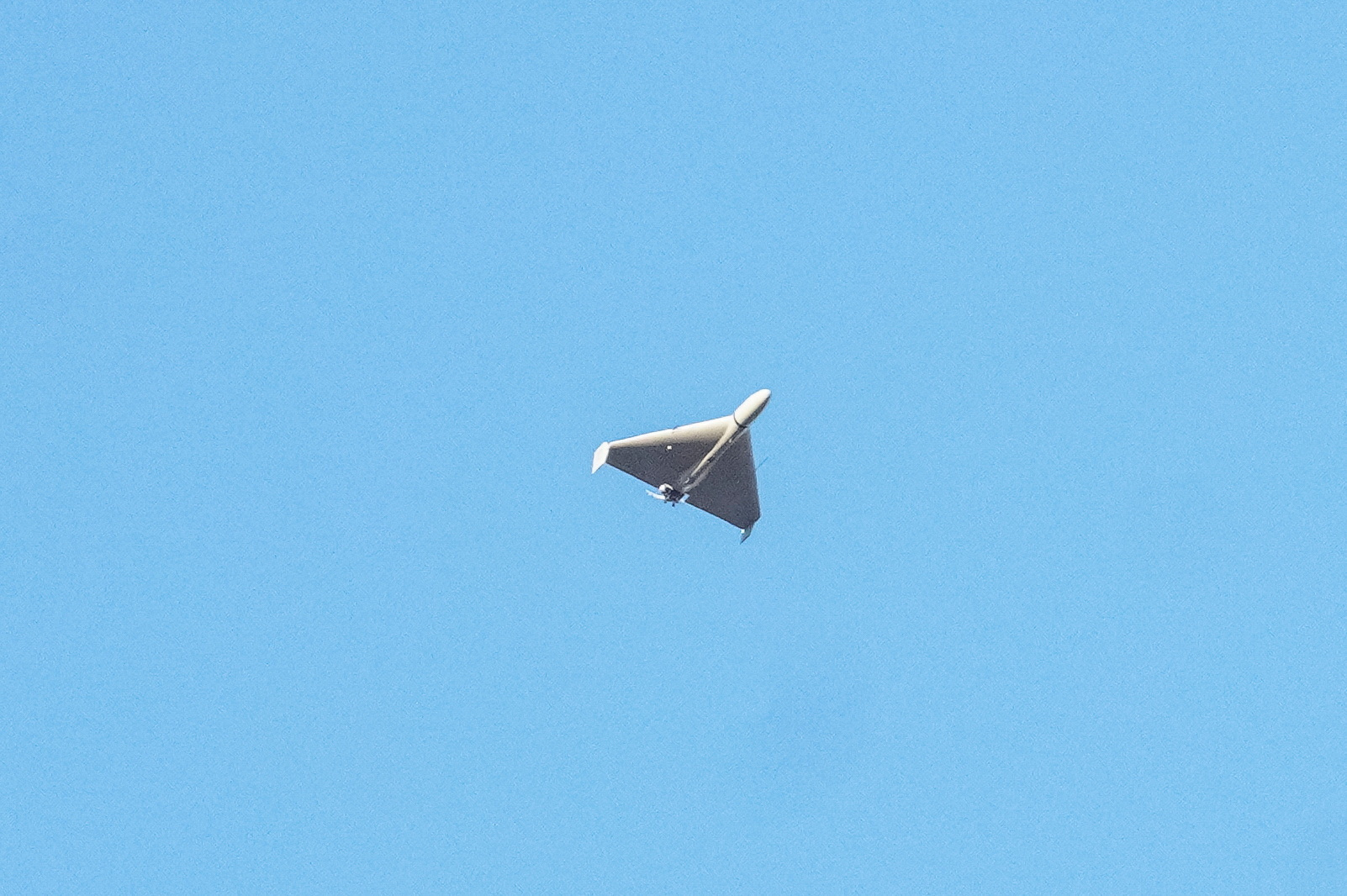Russian Gerbera UAV Encounter in Lithuania Sparks Key Security Concerns and Investigative Insights

Russian "Gerbera" UAV Incident in Lithuania Raises Security Questions
Unexpected Aerial Entry Shakes Lithuanian Borders
The recent incident involving a Russian “Gerbera” unmanned aerial vehicle making an unplanned landing inside Lithuanian territory has brought renewed attention to the complexity of aerial threats in Eastern Europe. The initial alert was triggered when the drone breached Lithuanian airspace near the closed Šumskas border crossing from Belarus. Swift action followed, with high-ranking officials in Vilnius, including the Speaker of the Parliament and the Prime Minister, being moved to emergency shelters as a precautionary measure. Shortly after, authorities identified the crashed object as a lightweight, makeshift UAV constructed from plywood and foam, lacking any explosive payload or transponder, minimizing its immediate threat to public safety. Nevertheless, this episode sparked a comprehensive investigation and underscored the sensitivity of the regional security environment.
Understanding the “Gerbera” UAV: Design and Deployment
The “Gerbera” is recognized primarily as a decoy UAV, closely mimicking the shape and radar signature of the more infamous Shahed-136 drones. Its basic version is typically equipped with imitation electronics and serves to cloud radar detection, potentially diverting attention from more lethal ordnance. Upgraded variants, such as the “Gerbera+,” reportedly have the capacity to carry modest payloads, including up to 10 kilograms of explosives or electronic warfare equipment. Although the specific model that landed in Lithuania appeared to be unarmed, the modular nature of the Gerbera design allows for rapid adaptation, which has been witnessed in recent conflict zones. In Ukraine, similar drones have been deployed to both confuse air defense systems and, on occasion, attempt direct strikes, albeit with limited destructive capability. The use of such cost-effective and expendable UAV platforms reflects evolving tactical trends, where even unsophisticated drones can complicate airspace management and response protocols.
Broader Implications for Security and Airspace Integrity
The arrival of the Russian drone, even in its most basic form, is particularly notable given its proximity to ongoing NATO exercises and the persistent tensions that characterize the European security landscape. While the event did not escalate into a major incident, it highlights the ease with which makeshift UAVs can traverse borders and trigger significant governmental reactions. The modular construction and lack of identifying transponders compound identification challenges for monitoring agencies. Lithuania’s official response, which included immediate evacuation measures and a transparent public briefing, showcased the nation’s preparedness but also illustrated the heightened vigilance required in this geopolitical climate. Regional air defenses are now tasked with distinguishing between decoy craft and substantive threats, as adversaries continue to experiment with new technologies and tactics that blur the traditional lines between reconnaissance, decoy, and attack functions.
Ongoing Investigation and Future Outlook
With the investigation into the recent UAV incursion ongoing, authorities are examining potential launch origins, flight intent, and operational control. Early assessments indicate the flight was likely accidental and posed no direct threat, yet the underlying message is unmistakable: the age of disposable drone warfare has arrived in Europe’s borderlands. As production capacities for these UAVs increase and technology proliferates, even minor border events acquire outsized importance, shaping military postures and diplomatic exchanges across the continent. The Lithuanian incident stands as a testament to the new challenges facing European security architecture, compelling both policymakers and defense planners to reevaluate the tools and strategies needed to safeguard airspace in an era of rapidly evolving, low-cost aerial platforms.
